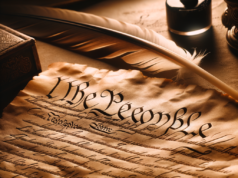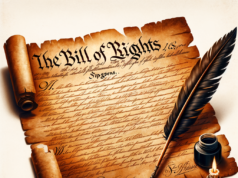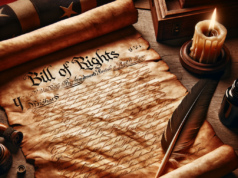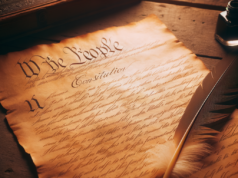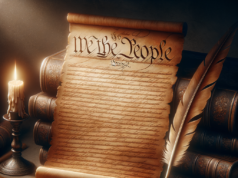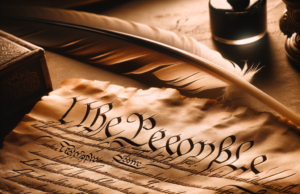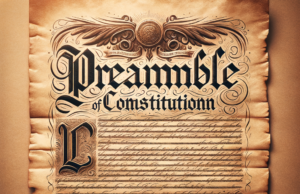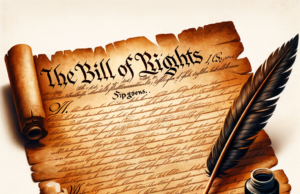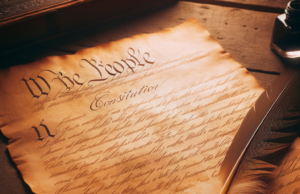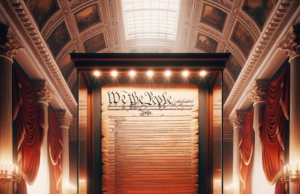Table of Contents
- 1 Overview of the Landmark Federal Court Verdict and Its Implications for Justice
- 2 Key Details of the Case: Background, Arguments, and Judicial Reasoning
- 3 The Impact of the Verdict on Current Legal Precedents and Future Cases
- 4 Reactions from Legal Experts: Diverse Perspectives on the Court’s Decision
- 5 Public Response: How Citizens and Advocacy Groups Are Reacting
- 6 Next Steps: What This Verdict Means for the Justice System Moving Forward

In a groundbreaking ruling that has sent shockwaves through the legal community and beyond, a federal court has issued a verdict that could redefine the landscape of justice in the United States. This landmark decision not only addresses the specific case at hand but also raises critical questions about the interpretation of constitutional rights, the balance of power within the judicial system, and the future of legal precedents. As the implications of this verdict unfold, stakeholders from various sectors are closely examining its potential to reshape the justice system as we know it.
Overview of the Landmark Federal Court Verdict and Its Implications for Justice
The recent federal court verdict has been hailed as a watershed moment in American jurisprudence. By ruling in favor of the plaintiff in a case that challenged the constitutionality of certain law enforcement practices, the court has set a new standard for the protection of civil liberties. This decision not only reinforces the importance of individual rights but also emphasizes the judiciary’s role as a check on governmental power. Legal analysts predict that this ruling could lead to significant reforms in law enforcement protocols and inspire similar challenges across the country, ultimately fostering a more equitable justice system.
Key Details of the Case: Background, Arguments, and Judicial Reasoning
The case originated from a series of incidents involving alleged unlawful searches and seizures conducted by local law enforcement. The plaintiff argued that these actions violated the Fourth Amendment, which protects citizens from unreasonable searches. During the trial, the defense contended that the searches were justified under existing legal precedents. However, the presiding judge meticulously dissected the arguments, emphasizing the need for a contemporary interpretation of constitutional protections in light of evolving societal norms. The court’s reasoning highlighted the necessity of balancing law enforcement objectives with the fundamental rights of individuals, ultimately leading to the landmark decision.
The Impact of the Verdict on Current Legal Precedents and Future Cases
This verdict is poised to have far-reaching consequences for existing legal precedents. By establishing a new framework for evaluating the legality of law enforcement practices, the court has effectively overturned previous rulings that permitted broader interpretations of search and seizure laws. Legal experts anticipate that this decision will encourage a wave of litigation aimed at challenging similar practices, potentially leading to a reevaluation of police protocols nationwide. Furthermore, the ruling may inspire legislative changes aimed at reinforcing civil liberties, thereby influencing how future cases are adjudicated in federal and state courts.
Reactions from Legal Experts: Diverse Perspectives on the Court’s Decision
The legal community has responded with a mix of enthusiasm and caution regarding the court’s decision. Proponents of civil liberties have praised the ruling as a necessary step toward accountability and transparency in law enforcement. They argue that it reflects a growing recognition of the need to protect individual rights in an era of increasing surveillance and policing. Conversely, some legal scholars express concern that the decision may inadvertently hinder law enforcement’s ability to effectively combat crime. These experts advocate for a balanced approach that respects civil liberties while also considering the practical challenges faced by law enforcement agencies.
Public Response: How Citizens and Advocacy Groups Are Reacting
The public response to the verdict has been overwhelmingly supportive, with advocacy groups and citizens alike celebrating the court’s commitment to upholding constitutional rights. Social media platforms have been abuzz with discussions about the implications of the ruling, with many calling it a victory for justice and accountability. Advocacy organizations have organized rallies and campaigns to raise awareness about the importance of civil liberties, urging lawmakers to take action in light of the court’s decision. However, there are also voices of dissent, particularly from those who believe that the ruling could lead to unintended consequences for public safety.
Next Steps: What This Verdict Means for the Justice System Moving Forward
As the dust settles from this landmark verdict, the focus now shifts to the practical implications for the justice system. Legal experts anticipate that this ruling will prompt a reevaluation of law enforcement training and policies, as agencies strive to align their practices with the new legal standards. Additionally, lawmakers may be compelled to introduce legislation that codifies the principles established by the court, further solidifying the protection of civil liberties. The verdict also opens the door for ongoing dialogue about the balance between security and individual rights, ensuring that the conversation around justice continues to evolve in the wake of this significant decision.
In conclusion, the recent federal court verdict represents a pivotal moment in the ongoing struggle for justice and civil liberties in the United States. As the implications of this ruling unfold, it is clear that the decision will resonate through the legal system for years to come, influencing not only current legal practices but also shaping the future of justice in America. With a diverse array of reactions from legal experts, advocacy groups, and the public, the conversation surrounding this landmark decision is just beginning, promising to engage citizens and lawmakers alike in a critical examination of the principles that underpin our democracy.



